On Tap: Arizona Beer & Art
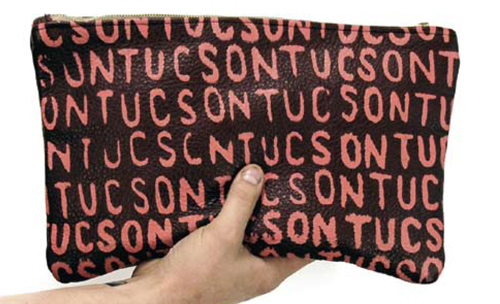
YuYu Shiratori’s leather clutch, hand crafted in a “self-made sweatshop,”
will be featured at Art on Tap.
Craft beers are works of art.
Brewers are artists in their own right as they experiment with different ingredients and techniques to produce a unique taste. And just as with any art form, sometimes the most interesting and fascinating works of art – or beer in this case – are created by local hands.
Art on Tap, a unique art and beer showcase, is a marriage of local art and Arizonan craft beers. Happening at the Tucson Museum of Art (TMA) on Dec. 7, this beer festival features brews from Arizona – and Arizona alone. But it’s not just a chance for beer enthusiasts to sip on some ales, lagers or stouts. The event also brings in local artists who’ve submitted their work for display during this special night.
“You’re going to go to a beer festival. You’re going to see nearly 20 local breweries. You’re going to be able to enjoy all of those things they slaved over and created. And hopefully you’ll have something else to appreciate rather then twiddle your thumbs and wait in the next line,” said Shanna Rosing, member of Craft Tucson. “Local art was the answer. We’ve gotten a lot of great feedback and lot of great submissions.”
Craft Tucson, the in-town organization dedicated to helping businesses through the art of craft beers, is the host of the event.
“It’s a group set to promote local businesses through craft beer, only Arizona beers. That was our goal – to make sure that when you go out, and somebody’s going to sell you a $15 grass-fed hamburger, they’re not selling you a $15 grass-fed hamburger next to a Budweiser,” said Austin Santos, orchestrator of Art on Tap and owner of 1702 Pizza & Beer. “Cause it’s counterproductive to say that, ‘We took the effort to find really expensive beef, but we went to Budweiser to get your beer.’
“The event manifested itself from there being a lack of doing beer festivals that actually showcased Arizona beers of the Arizona breweries,” Santos said. “And to do these festivals as not a way to just walk around and get intoxicated, but to give them something to do. Tucson’s got a very affluent art community.”
Volunteers and museum employees have been helping Craft Tucson contact artists, musicians and breweries to make the event a night to remember.
“There are going to be a lot of different facets from all over. It’s kind of a beautiful thing,” said Graham Thompson, a volunteer and employee of 1702 who is helping to curate the show. “It’s great to have the experience and I’m kind of honored to be doing something like this. This is a big grassroots effort.”
Art on Tap marks Craft Tucson’s first attempt at an art-themed beer festival in Tucson. The proceeds from the event will help benefit the Tucson Museum of Art to keep its arts education present and available to Tucson citizens. The event follows Craft Tucson’s Brew at the Zoo event, which took place this past July and helped raise funds for Reid Park Zoo’s new brown bear exhibit.
“I’d love to see it become something that becomes annual,” Santos said. “I’m really looking forward to it grow in any way that it can. Definitely super curious to see who comes out for it.”
The event also features: live music by Carlos Arzate and the Kind Souls, Saint Maybe; demonstrations by Joe Moore, Sonoran Glass Academy, Marianna Pegno, and The Drawing Studio; selections from the UA exhibit Art of Planetary Science; painting with Ben’s Bells; food trucks and vendors alongside the beer and art.
“These days, beer is becoming, very, you know, at the same level as wine. I think that we really want to get a new audience. We want to reach more of Tucson,” said Morgan Wells, curator of education at TMA. “We’re wanting to be more accessible to the artists and the public. They’ve (the artists) been really excited for this opportunity to display their art.”
The event takes place on Saturday, Dec. 7 from 6 to 10 p.m. There will also be an early access segment of the evening from 5 to 6 p.m. And don’t worry, you designated drivers don’t have to pay full price, just $20, and will still have the opportunity to enjoy local art.
“I think that Tucson’s definitely been waiting for a beer festival that has this kind of draw and extra added to it,” Rosing said. “For me, beer and art can’t be separated.”
Art on Tap is Saturday, Dec. 7 from 6 p.m. to 10 p.m. at Tucson Museum of Art, 140 N. Main Ave. For more information and ticket prices, which range from $20-$65, visit TucsonMuseumofArt.org or call (520) 624-2333.



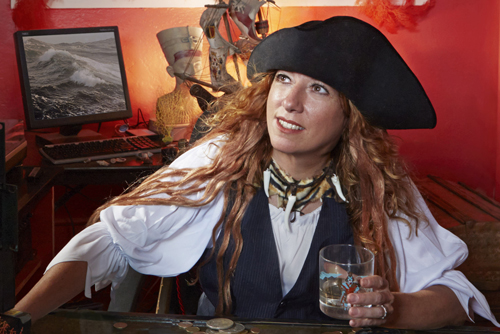
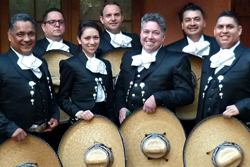
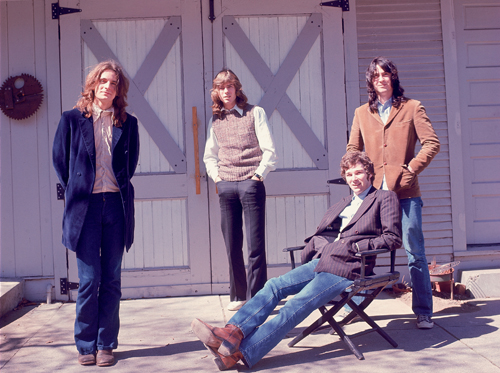


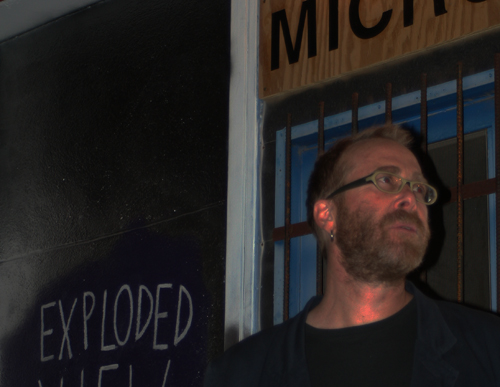

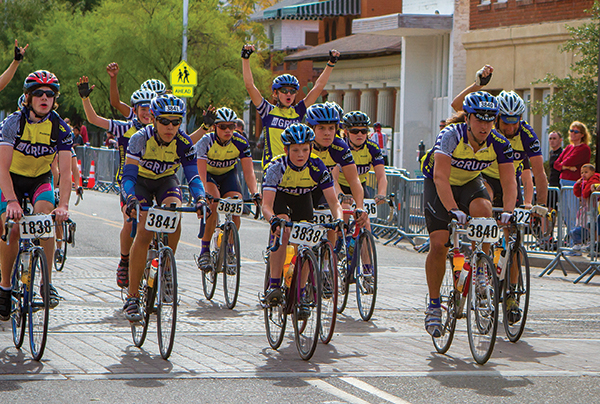
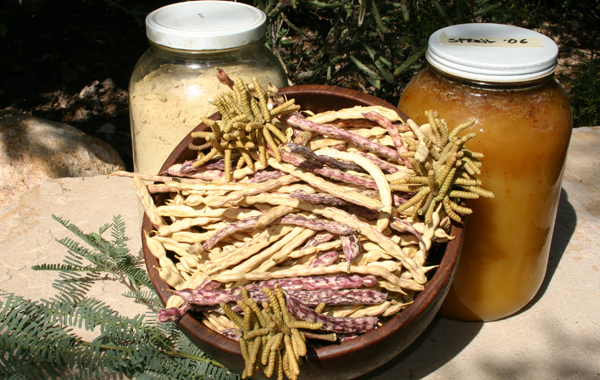

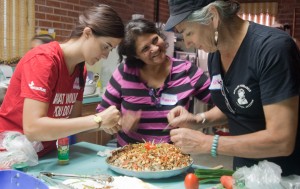
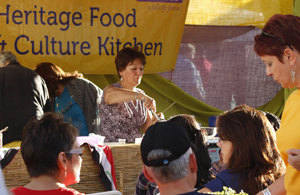
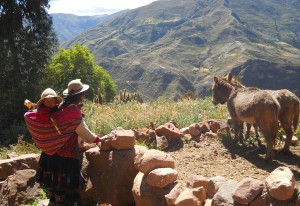
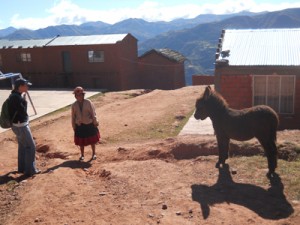
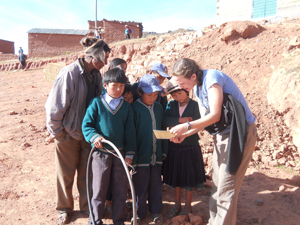




Also find us on...